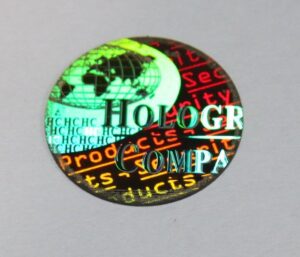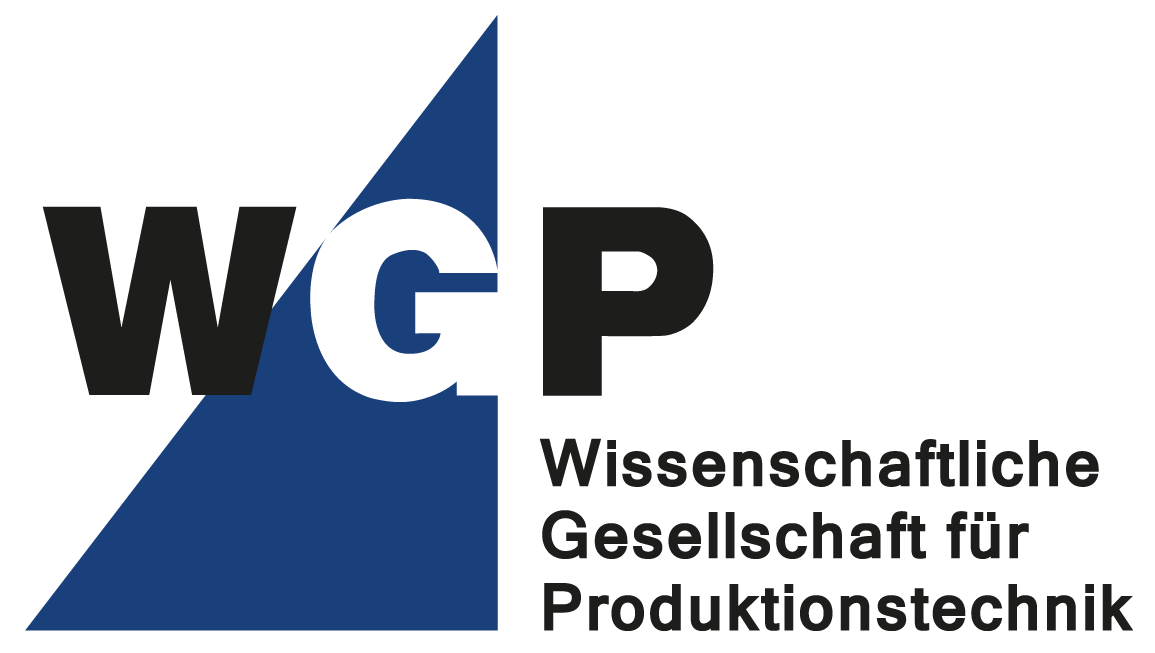The forming technology is a form-giving process for the processing of metals without removing metal. Only the plastic behaviour of the metals is used. Forging, rolling or deep drawing are some examples. In the large majority of cases, however, the product to be produced has to go through several process steps of forming.
 For example, over 95 percent of all liquid steel produced are first rolled after casting. During the production of so-called semi-finished products, pipes, bars, sheet metals, wires or also long profiles are produced which can show very complicated sections. These semi-finished products stand at the beginning of the process chain. If necessary, they are already used in this form, e. g. as beams, or processed to become moulded parts. We differentiate between sheet metal forming and massive forming in further processing. The spectrum ranges from microscopic small components for precision mechanics – such as for gears in mechanic watches – up to heavy forged products of several hundreds of tons, which are used as turbine shafts in power plants, for instance. Current research has shown that it is even possible to structure metal surfaces to such a fine degree by imprinting that a hologram is created which bears information or offers protection against plagiarism.
For example, over 95 percent of all liquid steel produced are first rolled after casting. During the production of so-called semi-finished products, pipes, bars, sheet metals, wires or also long profiles are produced which can show very complicated sections. These semi-finished products stand at the beginning of the process chain. If necessary, they are already used in this form, e. g. as beams, or processed to become moulded parts. We differentiate between sheet metal forming and massive forming in further processing. The spectrum ranges from microscopic small components for precision mechanics – such as for gears in mechanic watches – up to heavy forged products of several hundreds of tons, which are used as turbine shafts in power plants, for instance. Current research has shown that it is even possible to structure metal surfaces to such a fine degree by imprinting that a hologram is created which bears information or offers protection against plagiarism.Highly-productive, resource-saving and tailor-made
The characteristic of most forming processes is their high efficiency in mass production. Very complicated geometries can be produced in very short cycle times by using highly-automated plants and forming machines.
At this, the crystalline microstructure of the material and, thus, the mechanical characteristics of the product are also always precisely adjusted at the highest level. Since the primary generation of the metal from raw materials and, where applicable, recycled return material costs many times over the energy of the actual component production the forming processes which minimize the loss of material are resource-saving and energy-efficient.
With tailor-made geometries and characteristics in monolithic components, i. e. with components produced from an alloy, the forming technology is indispensable for lightweight construction, even today. In addition, the development of forming processes for the production of hybrid composite components is currently gaining importance. Here, further lightweight construction potentials can be developed by means of a combination of different metals or by combining metals and synthetics. A well-known example for this principle are sandwich sheets. Here, a lightweight core (e. g. aluminium or synthetic material) and a solid top layer (e. g. steel on an aluminium core or aluminium on a synthetic core) create an especially lightweight but very stiff structure.
New developments in forming technology
Current trends in forming mass production aim to:
- Shorten process chains
- Extend limits of moulding (e.g. for brittle materials)
- Further increase the geometry complexity
- Customize the local distribution of materials’ characteristics according to the requirements of the use of components, i. e. of the stability or stiffness.
For the process planning, also in the industrial environment, the course of the form change and the development of the material’s microstructures are already being simulated at the computer beforehand so as to be able to promote these goals. Moreover, in the course of increasing digitalization and linkage, essential measurement data are being collected online and the process procedures are being regulated. This not only allows compliance with increasingly tight tolerances and specifications but also adding more individual information to the particular product along the added value chain. This information and the process data that arise during production are more and more frequently used to facilitate the revelation of previously unexpected connections with the aid of methods of so-called artificial intelligence.
The general trend towards smaller batch sizes and individual products is also leading to the development of entirely new, flexible processes in forming technology which allow the economic production of smaller quantities as well. Computer-controlled step-by-step material forming with simple tools, for example, can replace expensive forms and plants. This not only requires new machine concepts but also the development of intelligent algorithms suited to plan the resulting complicated process sequences and, during the forming, react according to the current reaction of the component, such as the manual metalsmith is able to do due to his experience.
![2_PartiellesPresshärten[1]](https://wgp.de/wp-content/uploads/2_PartiellesPresshärten1-e1498045564673.png)
